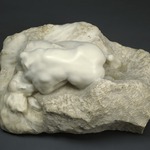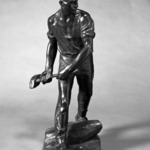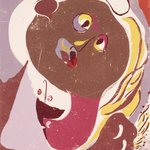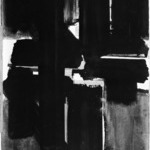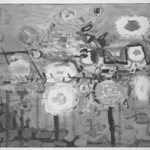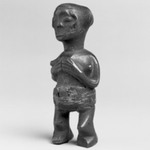Human Forest (Forêt humaine)
Ossip Zadkine
European Art
Ossip Zadkine, known primarily as a modernist sculptor, made this gouache of metamorphosing, interconnected human-plant figures after he returned to France from New York, where he had fled in 1941 after the Nazis seized Paris. When the Museum purchased it, he described the circumstances around its creation in a letter to the curatorial department: “When I returned back in October 1945 I found France in a pathetic state, to say little. . . . . I was a sculptor with no house, no workshop, a . . . sort of a D.P. [displaced person]. The human forest seemed to me strange and hostile and inhospitable. I went to the country where I have a house, the only one left to me where I did a group of drawings and gouaches representing this flora of today.”
MEDIUM
Opaque watercolor, pen, and black ink over graphite on wove paper
DATES
1946
SIGNATURE
Signed and dated bottom right: "O. ZADKINE 46"
ACCESSION NUMBER
47.111
CREDIT LINE
Museum Collection Fund
MUSEUM LOCATION
This item is not on view
CAPTION
Ossip Zadkine (French, born Vitebsk, present–day Belarus (former Russian Empire), 1890–1967). Human Forest (Forêt humaine), 1946. Opaque watercolor, pen, and black ink over graphite on wove paper, sheet: 36 × 22 in. (91.4 × 55.9 cm). Brooklyn Museum, Museum Collection Fund, 47.111. © artist or artist's estate (Photo: Brooklyn Museum, CUR.47.111.jpg)
IMAGE
overall,
CUR.47.111.jpg. Brooklyn Museum photograph, 2021
"CUR" at the beginning of an image file name means that the image was created by a curatorial staff member. These study images may be digital point-and-shoot photographs, when we don\'t yet have high-quality studio photography, or they may be scans of older negatives, slides, or photographic prints, providing historical documentation of the object.
RIGHTS STATEMENT
© artist or artist's estate
Copyright for this work may be controlled by the artist, the artist's estate, or other rights holders. A more detailed analysis of its rights history may, however, place it in the public domain.
The Museum does not warrant that the use of this work will not infringe on the rights of third parties. It is your responsibility to determine and satisfy copyright or other use restrictions before copying, transmitting, or making other use of protected items beyond that allowed by "fair use," as such term is understood under the United States Copyright Act.
For further information about copyright, we recommend resources at the
United States Library of Congress,
Cornell University,
Copyright and Cultural Institutions: Guidelines for U.S. Libraries, Archives, and Museums, and
Copyright Watch.
For more information about the Museum's rights project, including how rights types are assigned, please see our
blog posts on copyright.
If you have any information regarding this work and rights to it, please contact
copyright@brooklynmuseum.org.
RECORD COMPLETENESS
Not every record you will find here is complete. More information is available for some works than for others, and some entries have been updated more recently. Records are frequently reviewed and revised, and
we welcome any additional information you might have.
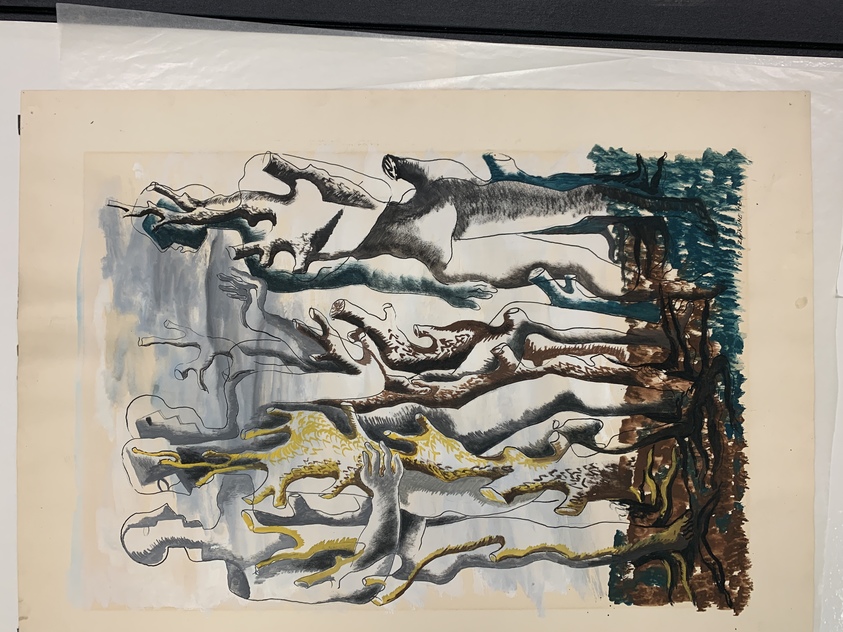

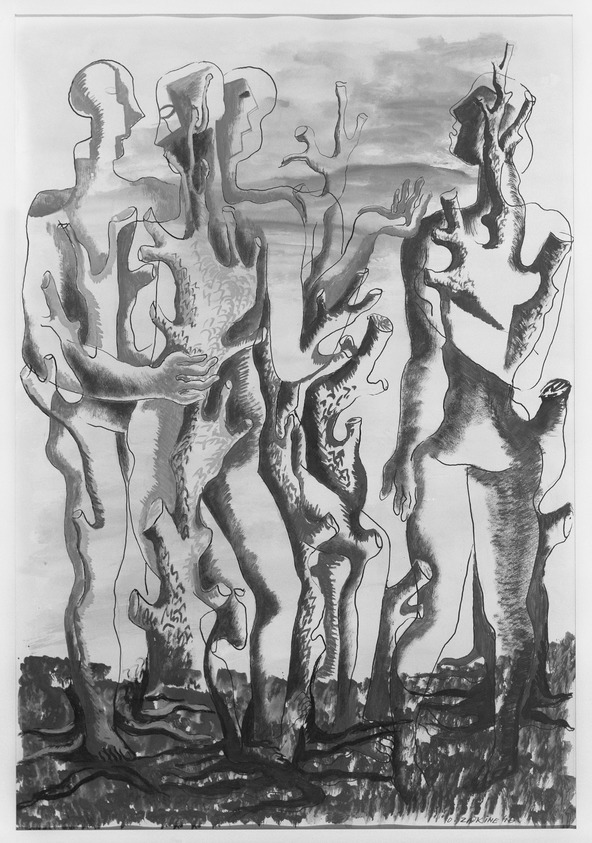


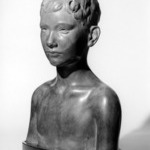

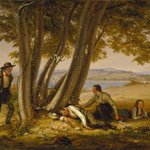

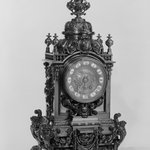
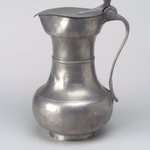
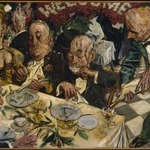

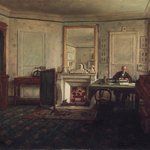
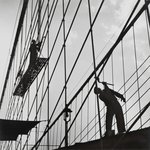
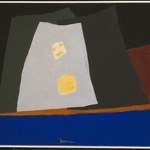
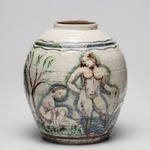
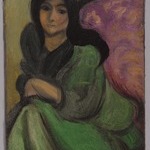
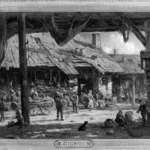
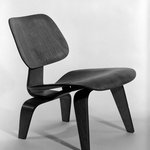

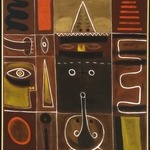

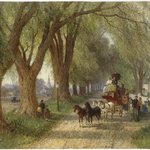





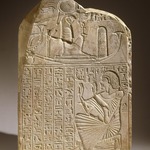

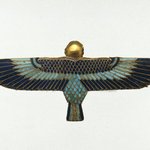

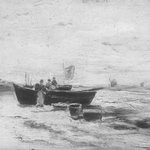
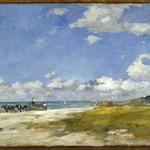
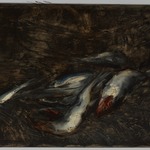
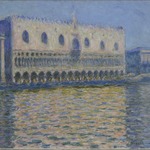
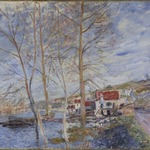
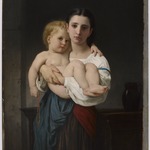
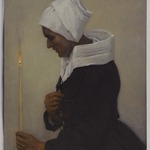
![Portrait of Mlle Fiocre in the Ballet "La Source" (Portrait de Mlle...E[ugénie] F[iocre]: à propos du ballet "La Source")](https://d1lfxha3ugu3d4.cloudfront.net/images/opencollection/objects/size2_sq/21.111_PS11.jpg)
